
Combat medics improve readiness with individual critical task list training

A group of combat medics unload a casualty from a MEDEVAC helicopter during a recent emergency medical evacuation training exercise at the hospital’s helipad here as part of the combat medic’s individual critical task list training. (U.S. Army photo by Patricia Deal)
FORT HOOD, Texas — Army Medical Command’s mantra to “sustain a medically ready force while maintain a ready medical force” may seem like a clever play on words, but Carl R. Darnall Army Medical Center combat medics' recent readiness training attests to the fact that it's not just a statement; it is their mission.
More than 40 CRDAMC medics recently trained on emergency medical evacuation procedures at the hospital’s helipad here as part of the combat medic’s individual critical task list training. MEDCOM has identified more than 100 skills and tasks that a combat medic needs to become efficient in to provide high quality combat casualty care.
Army medics are typically assigned to work full time in various clinics or departments in medical treatment facilities, providing a different level of care at the garrison level than they would perform when they’re in a combat environment.
Some of their training tasks can be accomplished in the hospital setting, but most of the training tasks have to be conducted as separate events held off-site.
In an effort to give the medics more realistic training for the ICTLs, the senior training leaders at CRDAMC have developed different types of combat simulated exercises throughout the year.
This recent nine-line and MEDEVAC training exercise was the first for the medics at CRDAMC.
“It is important that the training be as realistic as possible. It's always best to have an actual running helicopter, with a live flight crew to interact with as that's how it's going to be done in real life,” said Army Sgt. 1st Class Johnathan Oakley, the noncommissioned officer in charge of the Department of Anesthesia and Operative Services, who helped run the training. “There is no substitution for being pushed around by the rotor wash of helicopter or for being able to accurately communicate over the deafening roar of the rotor.”
Oakley said they coordinated with a combat aviation unit for the cold and hot training portions of the exercise. They met at the hangar for a walk through of the training steps before conducting the live portion of the training which required the medics to call in a nine-line evacuation order, load and unload a casualty from the helicopter and perform immediate triage. The crew simulated real-world practices by communicating with the medics then lifting off and flying a short loop before landing and taking on another patient.
Training events like this are designed to get the medics’ mind to think along a different course, about a whole different skill set, according to Army Master Sgt. Joe Best, NCOIC to the Deputy Commander for Surgical Services who planned the training.
“When we can combine the experiences we get in the hospital with this type of training exercises, our readiness surely goes up,” said Best. “What we're doing here will pay dividends in the long run, not only for the medics, but for the Soldiers they serve. On the battlefield, we have only one chance to do it right.”
Best said he was pleased with the first iteration of the training as it can be difficult for medics to transition from the hospital clinic type of care mindset to one of a combat care environment. Some of the medics going through the training haven’t had any experience downrange and many of them need that exposure to the drills.
Army Staff Sgt. Kisha Lloyd-Perry, NCOIC of the Women's Health Center, said she enjoyed the training because it was a refresher for her as she’s been in garrison for a few years since her earlier deployments to Iraq.
“In that environment, it was risk of life on a daily basis from snipers to mortar attacks multiple times a day. As medics, we worked as first and second contacts to patients, so it was very educational and inspirational for me, to have so many Soldiers who depended on us for their lives,” Lloyd-Perry said. “That’s why this type of training is especially important for medics who have been assigned here as their first duty station. They need that exposure to providing care in a combat environment. I think it is vital that we [as medics] be familiar, competent, and efficient with our critical care skills and roles, especially since MEDCOM’s direction is that medics will be assigned to line units.”
Disclaimer: Re-published content may have been edited for length and clarity. Read original post.
If the weather outside is frightful, a little preparation can make it delightful
Article
12/28/2018
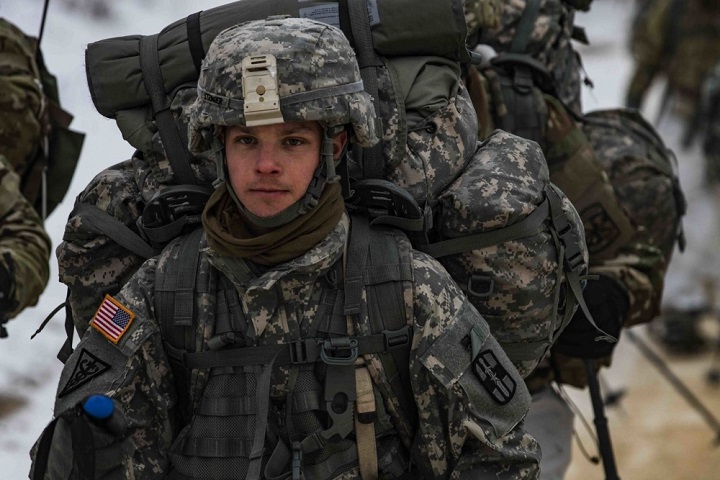
Learn the risks of exposure to cold, and steps to stay safe
Navy corpsman: Carrying the legacy
Article
12/27/2018
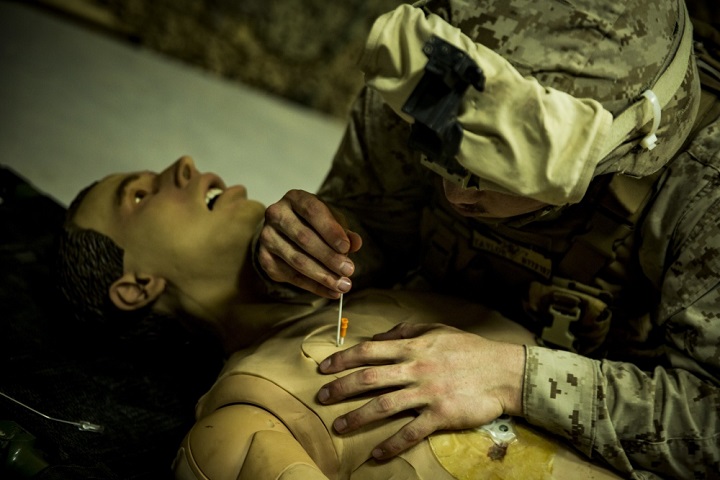
Navy hospital corpsmen attend 14-week “A” school at the Medical Education and Training Campus in Joint Base San Antonio — Fort Sam Houston, Texas
Hospital ship USNS Comfort returns home after completing mission
Article
12/20/2018
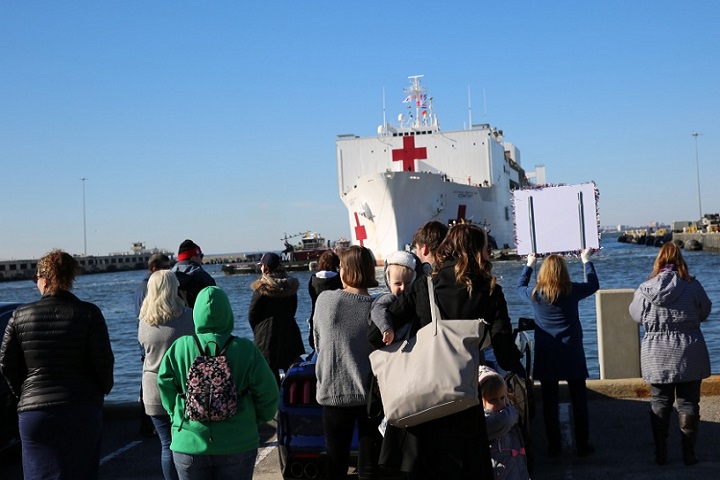
This mission marked the sixth time the hospital ship has provided medical assistance in the region
Super Galaxy: Aeromedical evacuation's biggest ally
Article
12/17/2018
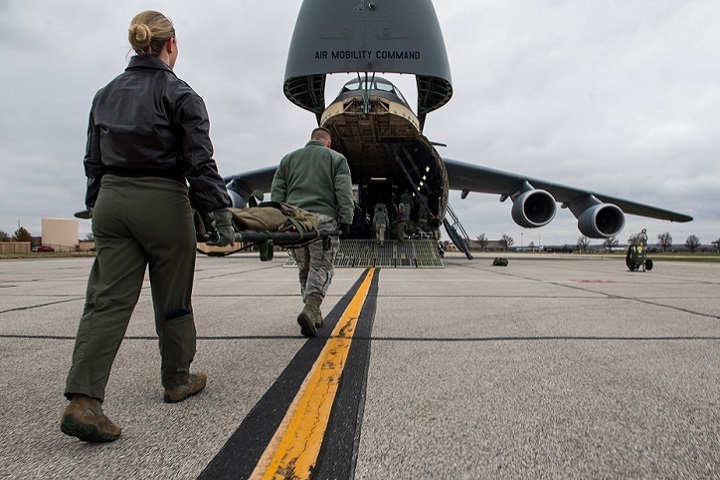
The C-5M upgrades allowed the proof of concept to work, but Airmen’s innovation is what made it happen
Vaccination is the best defense against the flu
Article
12/10/2018
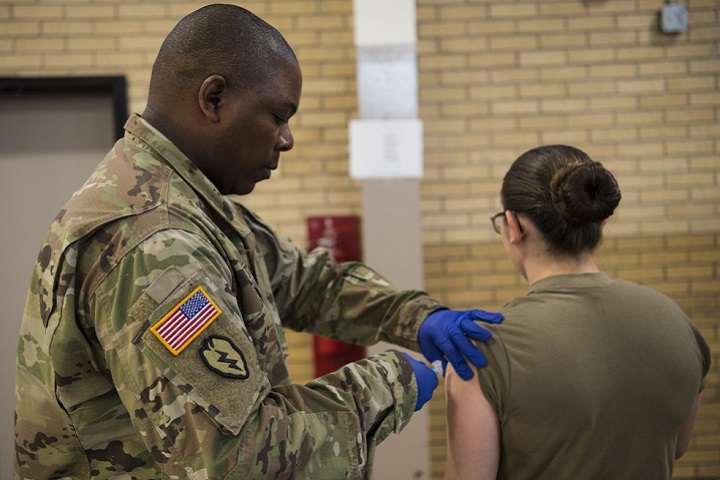
Vaccination is needed every year because the Influenza viruses change
Fleet surgical team saves life aboard USS Somerset
Article
12/6/2018
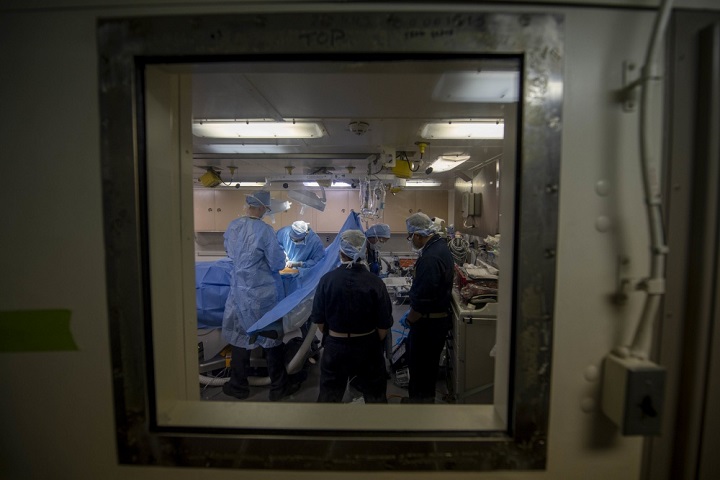
We were able to determine he had acute appendicitis
New training mannequins help Soldiers save lives
Article
11/28/2018
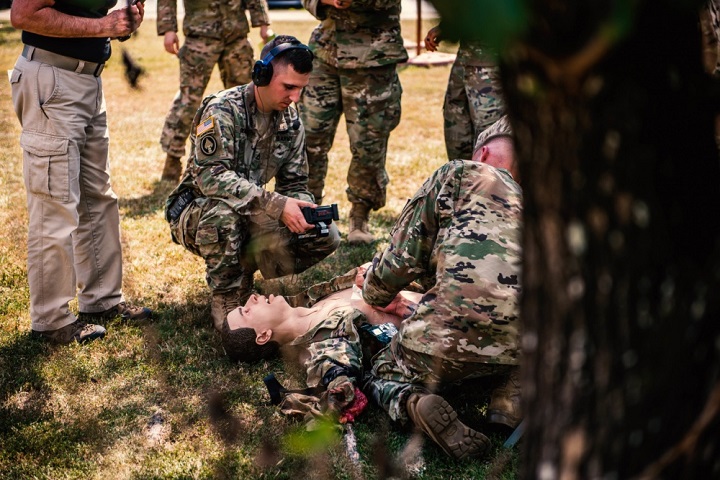
The realism of it creates that white-knuckle sensation and adrenalin for the Soldier
Rabies
Infographic
11/20/2018

Although Germany is rabies-free for terrestrial land mammals, rabies exposure remains a concern for U.S. military personnel assigned there because of personal and military travel and deployments to rabies endemic countries. Deployments have become much more variable both in location and duration. Deployments have increasingly focused on enhancing ...
Cold Weather Injuries
Infographic
11/20/2018

This update summarizes the frequencies, incidence rates, and correlates of risk of cold injuries among members of both active and reserve components of the U.S. Armed Forces during the past 5 years.
Malaria
Infographic
11/20/2018

This report describes a cluster of 11 soldiers with vivax malaria among U.S. military personnel who trained at Dagmar North training area, near the demilitarized zone (DMZ), in the Republic of Korea (ROK) in 2015.
Pararescue medics rehearse for unique mission
Article
11/7/2018
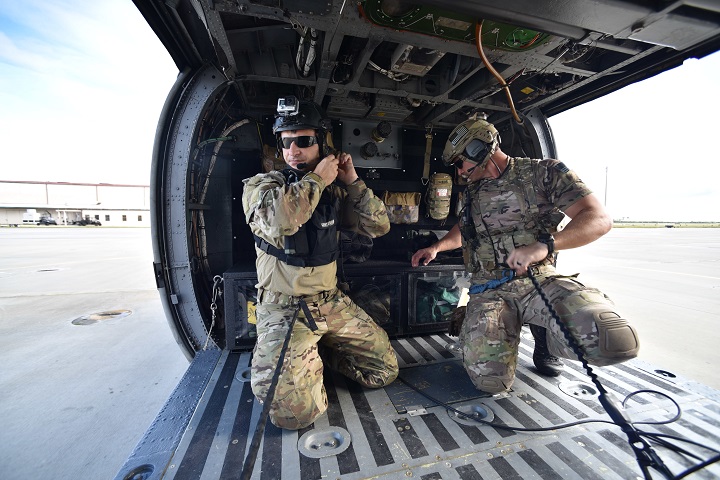
The 920th RQW is ready to support the next era of human space flight
DoD, FDA working together to benefit warfighters
Article
11/2/2018
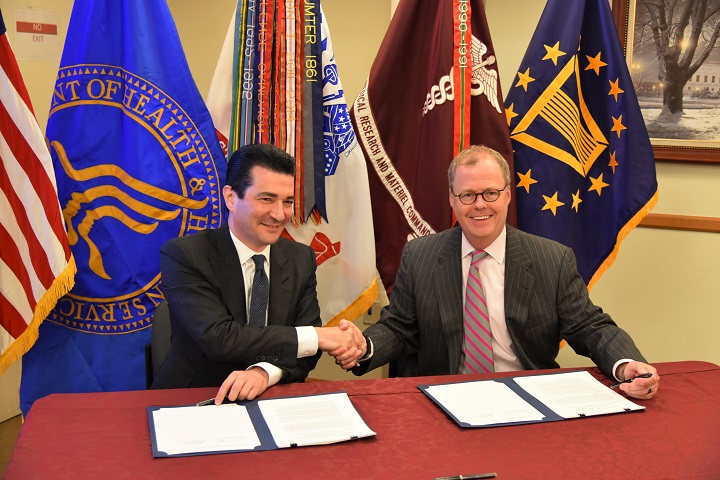
DoD and FDA leaders signed a memorandum of understanding to foster and prioritize the development of critical medical products
DoD Flu VE
Infographic
10/26/2018

Each season, several entities within the(DoD) perform surveillance for influenza among beneficiaries and utilize these data to perform VE analyses to estimate how well the seasonal vaccine protects against medically-attended influenza.
Psychiatric Medical Evaluations
Infographic
10/26/2018

This study evaluated incidence of pre-deployment family problem diagnoses and psychiatric medical evacuations among a population of active component service members without a history of previous mental health diagnoses, who deployed to the U.S. Central Command Area of Responsibility for the first time between 1 January 2002 and 31 December 2014.
Pelvic Inflammatory Disease
Infographic
10/26/2018

The purpose of this study was to update previous MSMR analyses of the incidence of acute Pelvic inflammatory disease (PID) among U.S. active component women using a 21-year surveillance period from 1996 through 2016. A secondary objective was to report on the proportion of service women with previously diagnosed PID who were subsequently diagnosed ...





















.png)









No hay comentarios:
Publicar un comentario